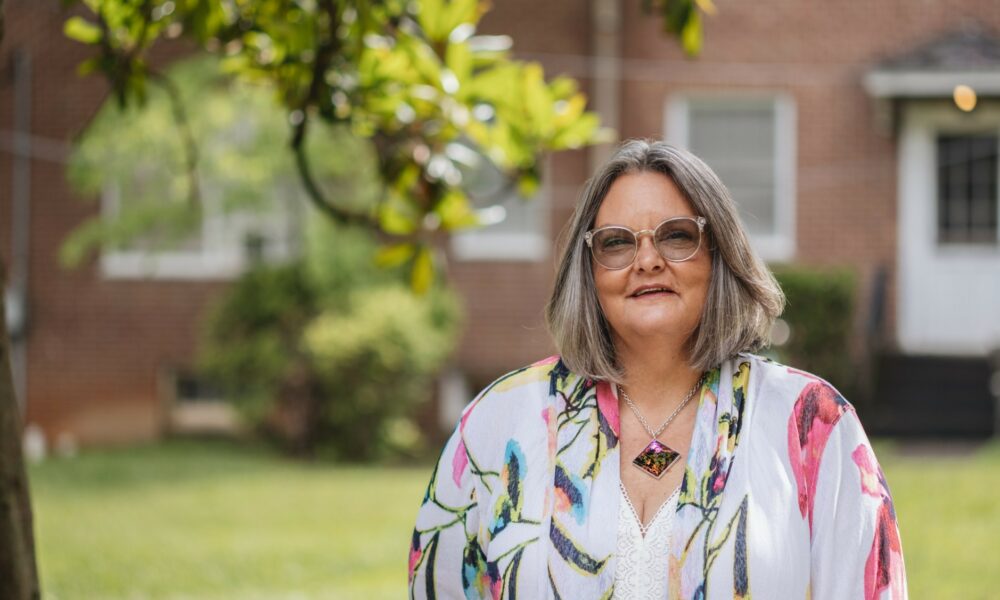

Today we’d like to introduce you to Donna Gryder Rowley.
Hi Donna, we’d love for you to start by introducing yourself.
I never thought of myself as creative or artistic. Even paint-by-number books cringed when I walked by. But that all changed when I discovered glass, in the form of a novel. When I read the description of a blown glass piece whose shape hinted at being a dragon, I could see the red glass, the beginnings of the wings, and the shine. I wanted to do this for myself. However, at that time, there wasn’t anywhere in Knoxville to learn glass blowing, but a local stained-glass shop was having classes. A beginners’ class was starting that very next Saturday, so I guess it was fate. You will never forget your first time – cutting glass. In our first class, we scored the glass and held it with our knuckles underneath and thumbs on top. The glass broke when we ‘bent’ our thumbs away from the score. Most of the time, I now use runners to ‘break’ my glass, but that first time was a bit of a thrill.
I worked with stained glass for several years, making pieces for friends and family, not thinking about selling any of my pieces. Thinking back to that blown glass dragon from the novel, I started working on a stained glass dragon for my glass room. He was turning into a beautiful piece except for his eye. I was having so many problems with that one little area. My local glass shop called and asked me to bring my dragon in. They surprised me with an eye that they had fused. It was perfect! This was my first experience with fused glass. After that, I had to have a kiln, but I still used it to make pieces for my stained-glass panels. Next was a one-day basic workshop in making fused dichroic pendants. That introduction to dichroic glass was an eye-opener. I love the glass colors, especially the transparent ones, when light shines on or through them. But the dichroic glass was a whole new level of wow. Lighting and angles of light make this glass come to life. I used dichroic glass in fusing a plate and was hooked. While I occasionally work with stained glass, kiln-formed glass has become my passion. The kiln-formed glass includes techniques such as fusing, dropping, slumping, draping, sliding, etc. You can do so much with a kiln, not just fully fusing two pieces of glass together.
After a while, a friend talked me into doing a craft show with her. About halfway through the first day, a lady approached us and announced it was her birthday. She said her husband had told her that she could pick out anything she wanted, and she wanted ‘that vase.’ Well, the vase she was talking about was mine. It was the first time someone would pay me for a fused piece. The next thing I know, I have money in my hand, the vase is packaged up, and she’s walking away with it. I looked down at the money and then back at the lady as she walked away, and my friend grabbed my arm and whispered: ‘You can’t run after her and buy it back. Put the money up and enjoy your first sale.’
Most of my pieces are now for sale through my Facebook page, website, or at the Appalachian Arts Craft Center in Clinton, Tennessee, where I usually work one Saturday morning a month. I’ve held workshops at Appalachian Arts Craft Center and some classes in my studio. I love to talk glass, but my favorite part of teaching is watching everyone’s expressions when they see their finished pieces. My husband, Jon, is a great supporter of my glasswork. I doubt he ever thought that words and phrases like ‘frit,’ ‘freeze ‘n fuse,’ or ‘cold-working’ would be ones he would learn to understand but also use. He has placed my pieces throughout the house, turning rooms into mini galleries, and even urged me to take classes when advanced techniques are taught. While he supports my work, it has finally gotten to where he says, ‘If you need it, get it, but have a place to put it first.’ I’m still working on that part.
I have learned by trial and error, zoom classes, webinars, DVDs, and in-person classes. Some techniques I’ve worked on during this training include fusing on edge, working with decals, frit painting, weaving glass, using a vitrigraph kiln, and basic cold-working. Brad Walker of Warm Glass in Clemmons, NC, is an excellent teacher. I have learned so much from him. Weaving glass, basic cold-working, and the bubble up and drop vessels are some of his classes I’ve participated in. The bowls featured in this article are my version of the bubble-up and drop technique. Weston Lambert, from Tacoma, Washington, was a guest instructor at Warm Glass. Who knew rocks and glass could go together? We worked on rocks and even some basic mold making. The photos of the rocks and glass came out of what I learned from Weston’s class.
My first Zoom class introduced me to Tim Carey from Los Angeles, California. Learning to make my own glass using glass scraps has opened portrait work in glass for me. Someday I’ll finish the portrait I started of my mother, but It’s always too tempting to make more glass just in case.
I picked up Kent Lauer’s (located in Los Angeles, California) DVD on his dichroic pendants on a whim. I’m always looking to learn new techniques. After watching the DVD numerous times, I just had to learn more. Mr. Lauer had a class coming up in Las Vegas a few months out later and my husband encouraged me to go. Neither he nor I could have anticipated what would come of it. After 5 days of being away from home while attending class, I felt compelled to reorganize my studio to add new glass and equipment. I had thought cold working, for me, would be limited to rims of bowls and vases. But now? I’m enjoying cold working and watching the dichroic glass sparkle. The pendants and cabochons featured here came from what I learned in Kent’s classes.
I’ve participated in the UT Gardens-Knoxville, Art in the Gardens program for the past few years (making dogwood, a honeybee and this year, a fox). This is my way of introducing people to fused glass and helping the Gardens raise money.
Can you talk to us about the challenges and lessons you’ve learned? Looking back, it’s been easy or smooth in retrospect.
My biggest challenge is that people don’t understand using glass as a canvas. Of course, when the subject comes up, and I say that I’m an artist, the first comment I usually get is ‘oh you paint’. Kiln-formed glass is less well-known than other forms of glass art. When I say I’m a glass artist, the first question I usually get is, ‘Oh, you blow glass?’. Another challenge is glass as art versus production glass. When working with stained glass, my friends told me I needed a kiln. When I asked why, they said that I could make a bowl. I thought, ‘I can buy a bowl at Target.’ Like most people, I knew nothing about kiln-formed glass and all the possibilities for functional and art pieces.
Thanks for sharing that. So, you could tell us a bit more about your work.
Artists have to make a living, so by day, I am a property manager for an apartment complex, while at night, I am a wife, mom to three furbabies (Indy, Junior, and Short Round), and a glass artist. It isn’t easy to specialize in one form or another. I prefer to combine different processes into one piece. Currently, my favorite pieces to work on are the cold-worked dichroic pendants. This technique is a steppingstone to more intricate pieces later this summer. As a kiln-formed glass artist, I work in many areas of warm glass, using frits, powders, stringers, sheets of glass, and sandblasting and silk-screening designs, to name a few. Recycled glass, (glass from old windows and picture frames, and glass bottles) can be used but I typically use sheets of glass made for kiln work..
My ‘staple’ safety issues include no one being allowed in my glass room without wearing full shoes (no sandals or barefeet). Any time glass cutting is going on, safety glasses must be worn and if I’m, working with glass powders or powdered kiln wash, respirators are required.
How do I go from a sheet of glass to a work of art? Let’s take my current project through its’ paces – the UT Gardens Knoxville Fox. Once the design was decided on, I started cutting out my sheet glass. In this case I used mostly transparent glass as the finished project would be displayed in the gardens all summer. There’s something magical about the sunlight coming thru colored glass. Those first pieces were stacked together then fired in the kiln as a ‘full fuse’. This means that when they come out, about 22 hours later, they look and act as a nice single piece with rounded edges. Powdered glass and frit, which is broken up pieces of glass, were added to help form the glass canvas for the next step. The fox needed some embellishment. So, I went digging through my drawers of components. I make components throughout the year and store them for just such an occasion. Flowers are made using pieces of glass and pressing them flat using weights and heat. These were added, along with vitrigraph strings of glass and the pieces went back into the kiln on a tack fuse. The lower temperature of a tack fuse allows the added pieces to retain their shape looking as if they were just sitting on top of the canvas giving the piece some texture. The eye was made up mostly of dichroic glass. Dichroic glass has multiple layers of metals added to a base glass. These 30 or so layers measure only to about 35 millionths of an inch. In other words, no, I don’t make the dichroic glass. Why do I use it? Dichroic glass reflects one color and transmits another. It adds that touch of WOW to a piece. In this case, I really wanted the eye to sparkle, so I tack fused the eye together. Another piece I wanted to stand out a bit was the tail. It needed to be fluffy – not a word you think of with glass but that’s what I wanted. Several pieces of clear and clear iridized glass were cut into strips and cut again into wavy lengths. These were stacked, not on top of each other, but side by side. The tail piece was fired between a tack fuse and a full fuse so the glass would appear a soft texture piece. We’re not done yet. Each piece had to be fitted to the frame and then siliconed in place. Of course, the frames were primed, painted, and sealed while waiting on the kiln to cool. Photos of the fox in progress are on my Facebook page and photos of the finished piece will be posted there the weekend of July 22, 2023.
There is one area that I am proud of. I add cremains to art pieces to honor the loss of a family member or pet. Each piece is designed for that person. I have made glass heart pendants with cremains included on the back side, table plaques with cremains scattered throughout the walkway of the scene, and pendants with cremains and decals. These pieces require a lot of prep and special care.
If we knew you growing up, how would we have described you?
What was I like growing up? I’ll let you know when I finish growing up. I was (and am) a social butterfly. Changing gears and moving from one activity to another keeps me interested. Boredom would set in if I stayed with one thing for too long unless it was a book. If I wasn’t busy with an activity, you could find me with my nose in a book. I also enjoyed counted cross-stitch, beading, and photography, But whatever craft or hobby I was into, you could be sure of one thing. I never started out with the beginner pieces. Even in my beginning-stained glass class I wanted to use the more detailed patterns.
Contact Info:
- Website: www.theglassrealm.com
- Instagram: instagram.com/theglassrealm
- Facebook: https://www.facebook.com/theglassrealm
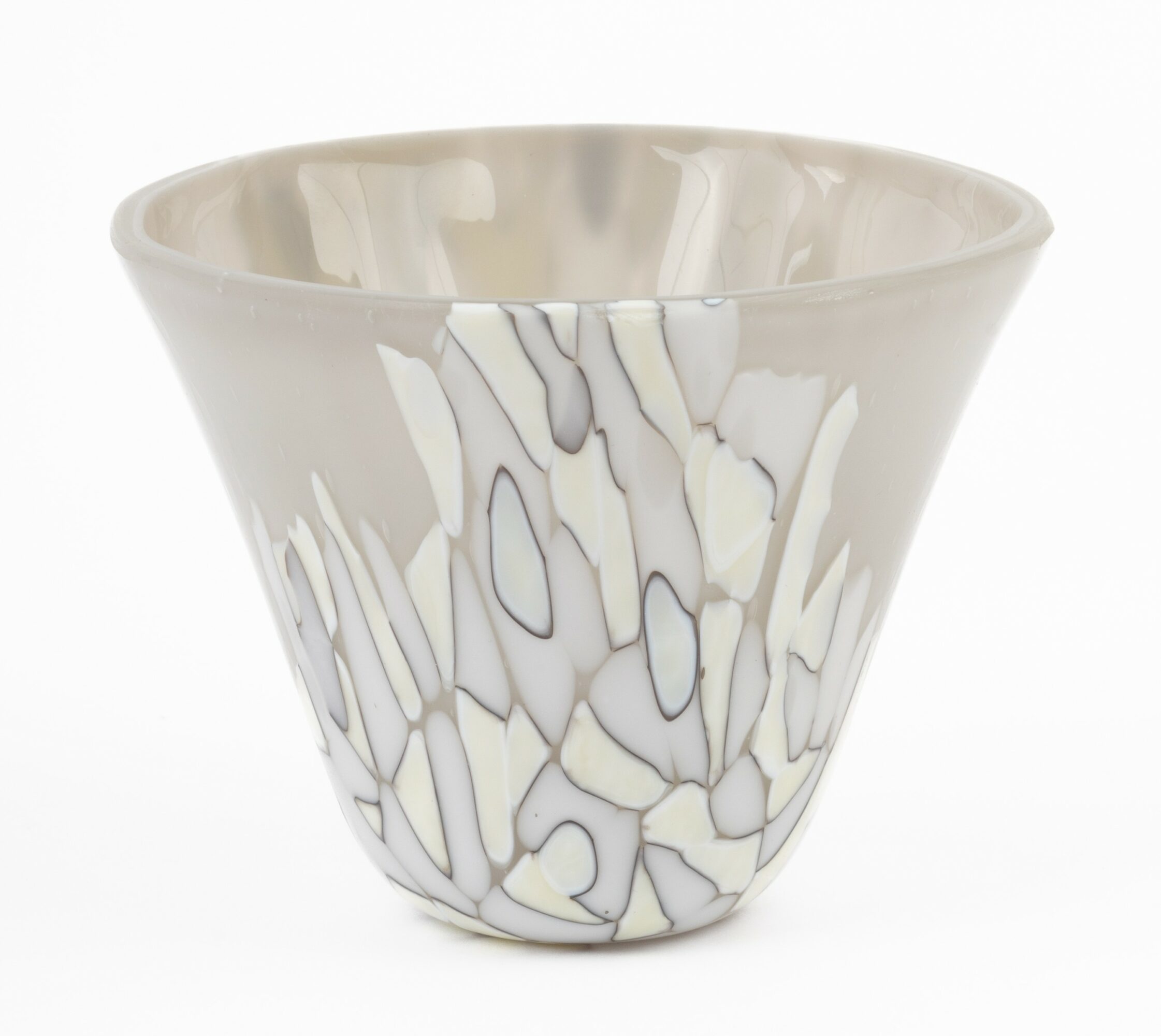
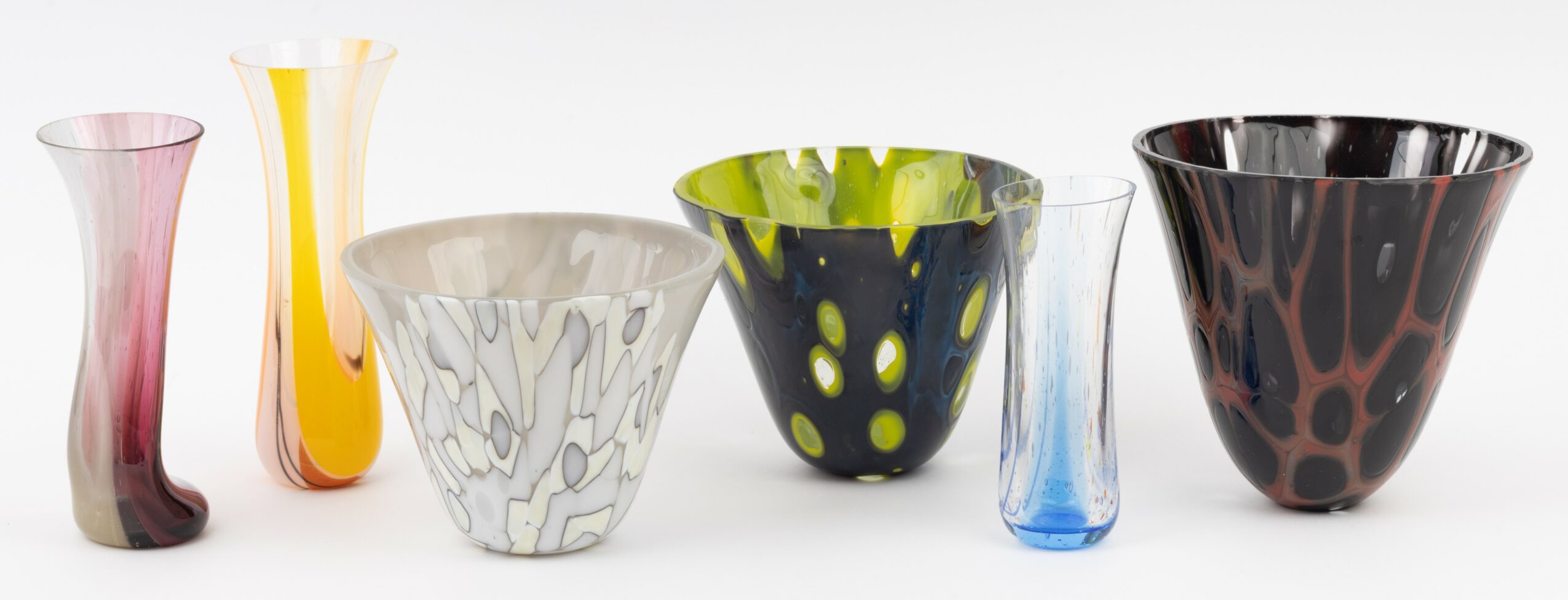
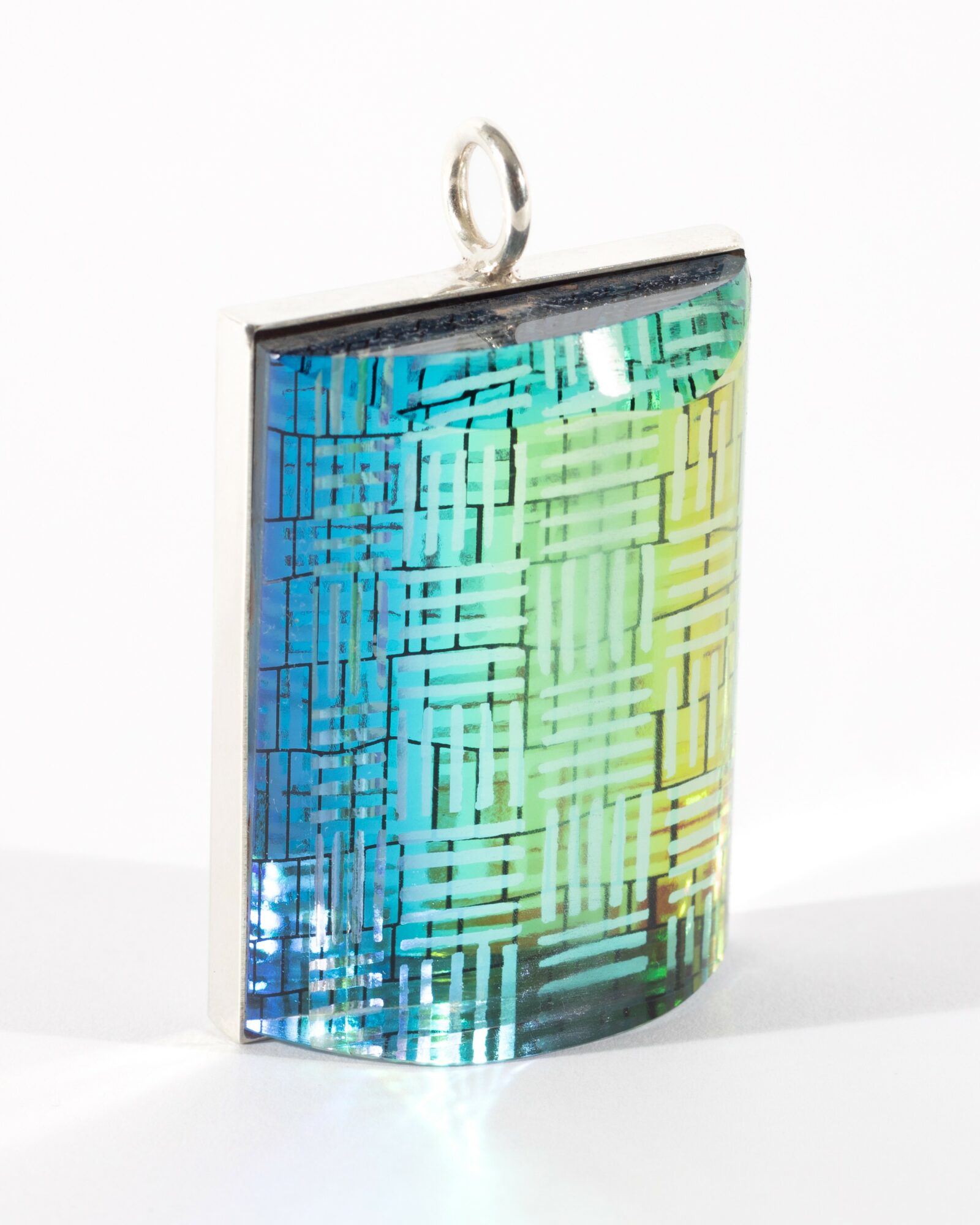
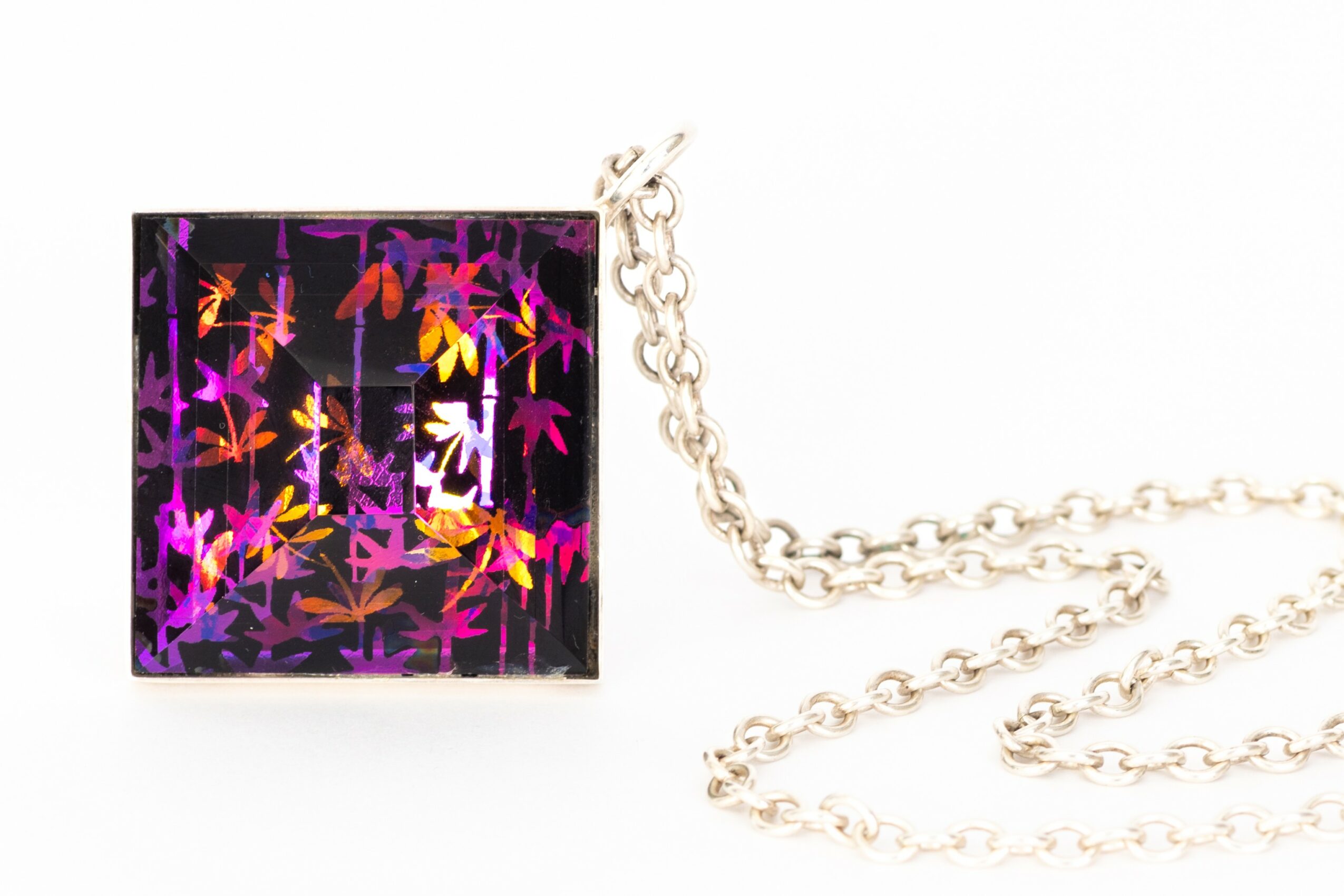
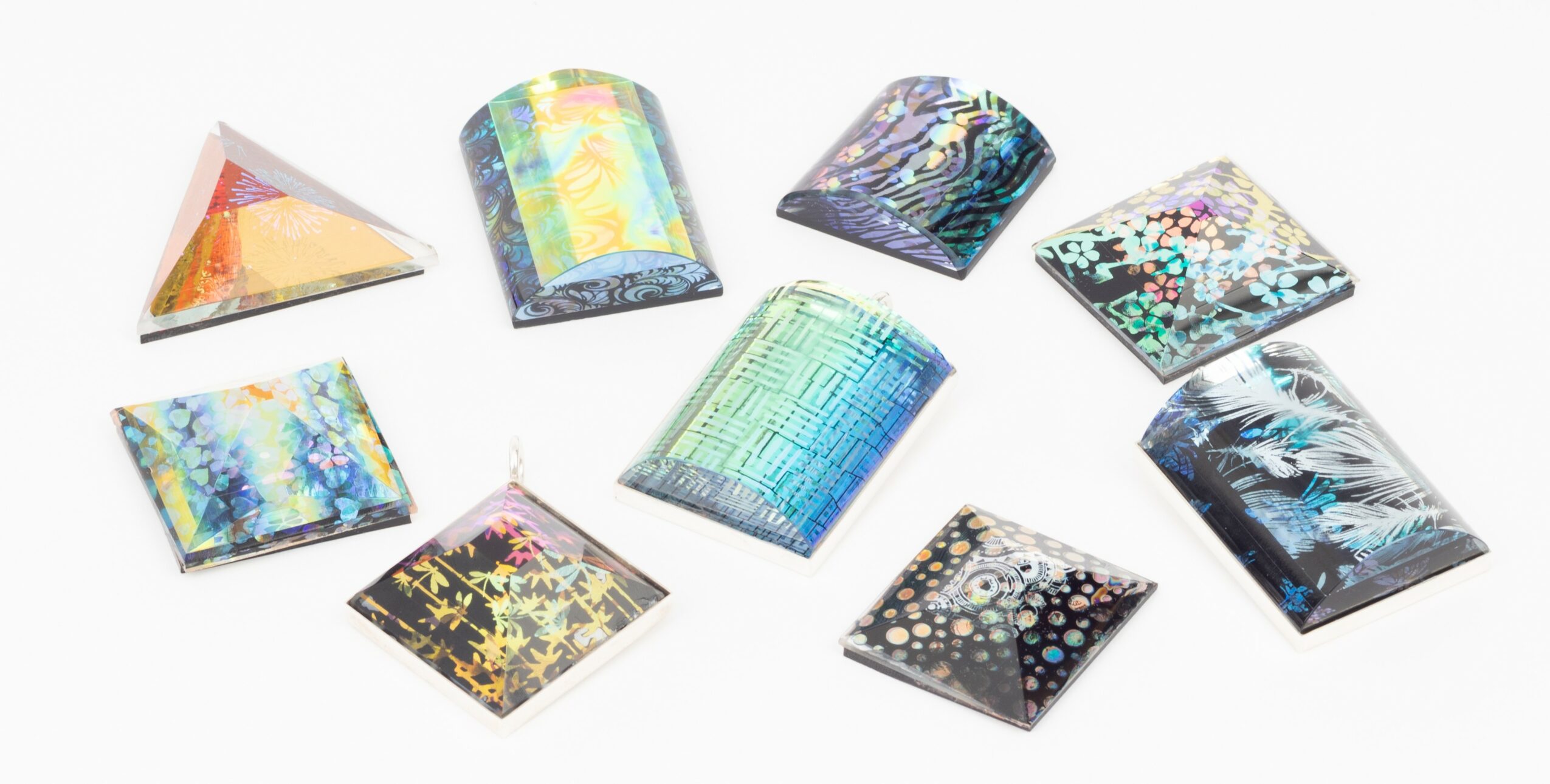
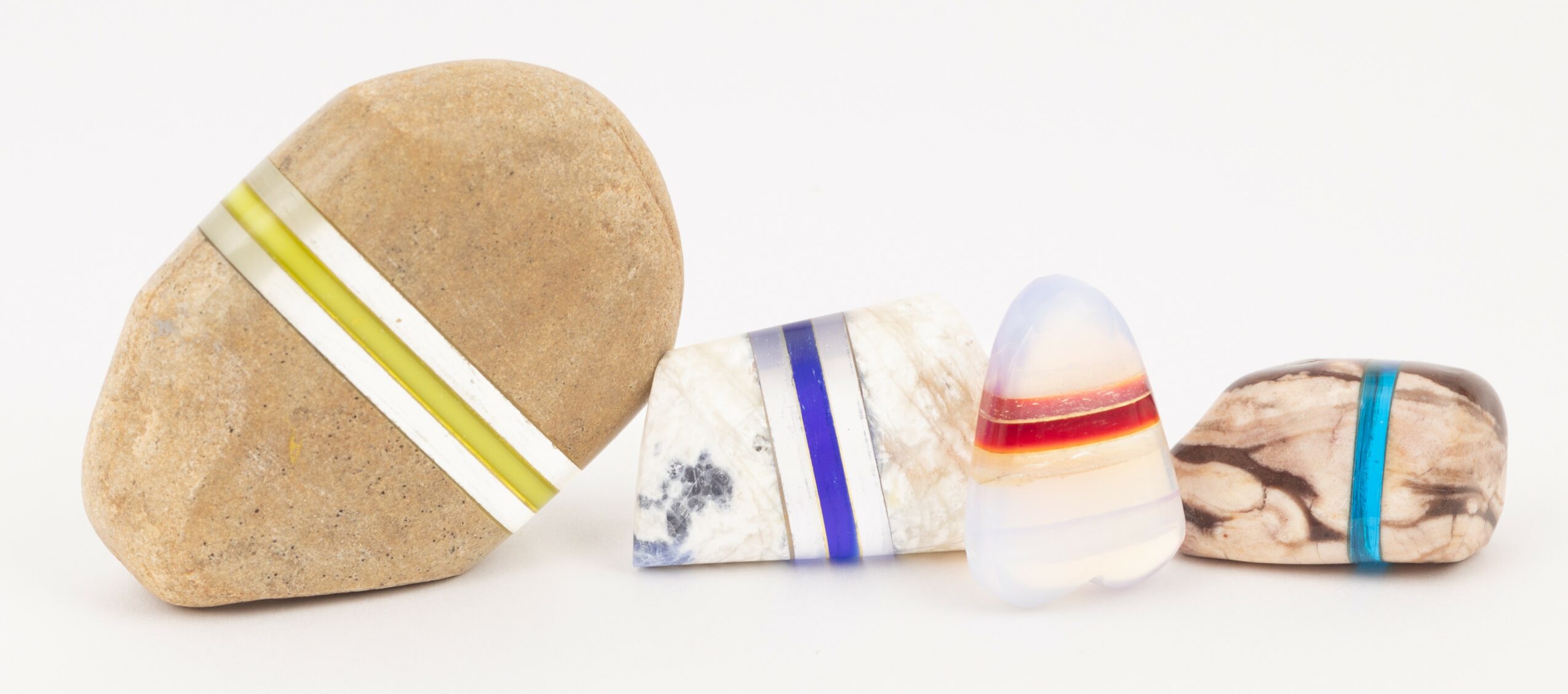
Image Credits
Nathan Dault












